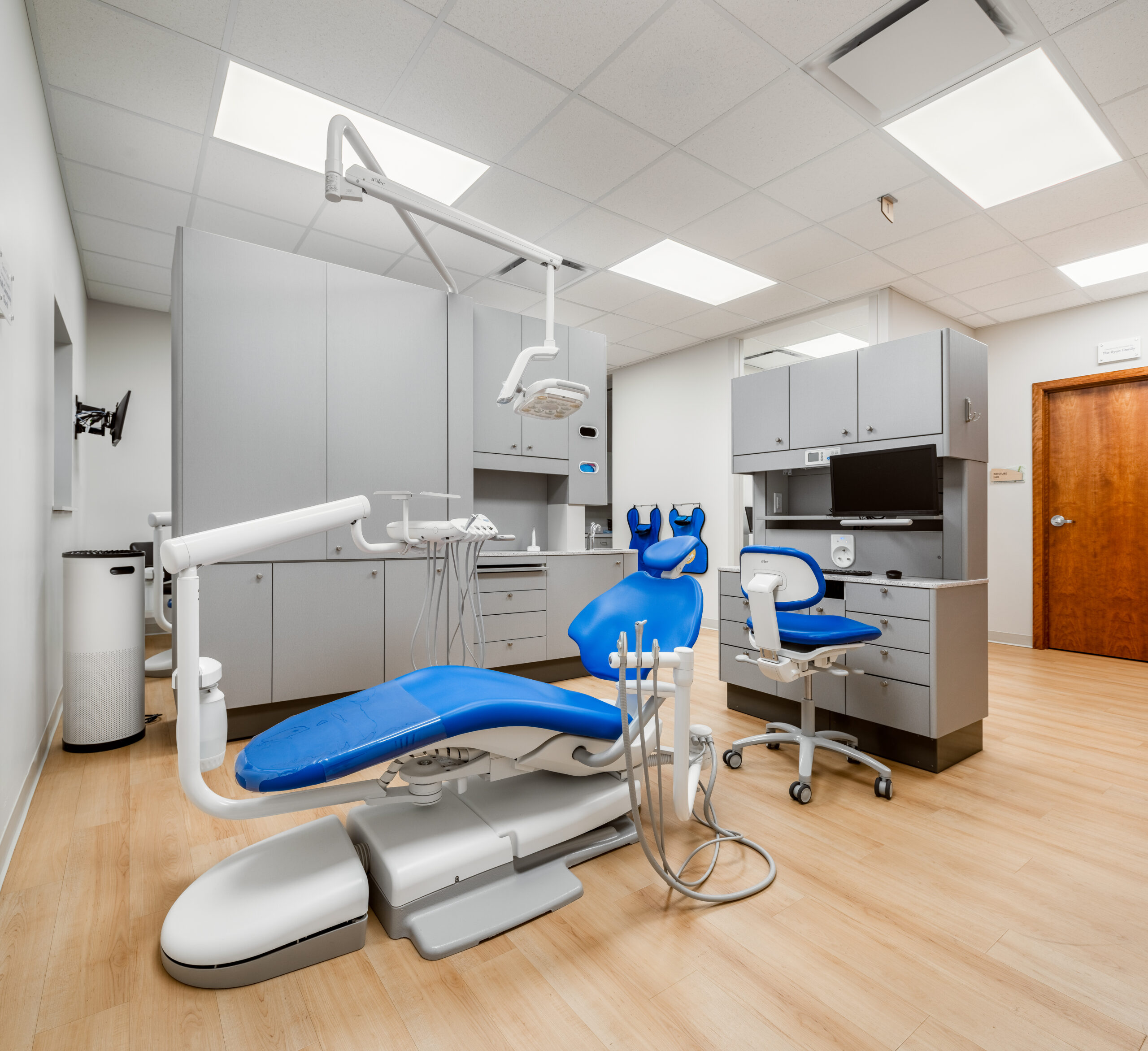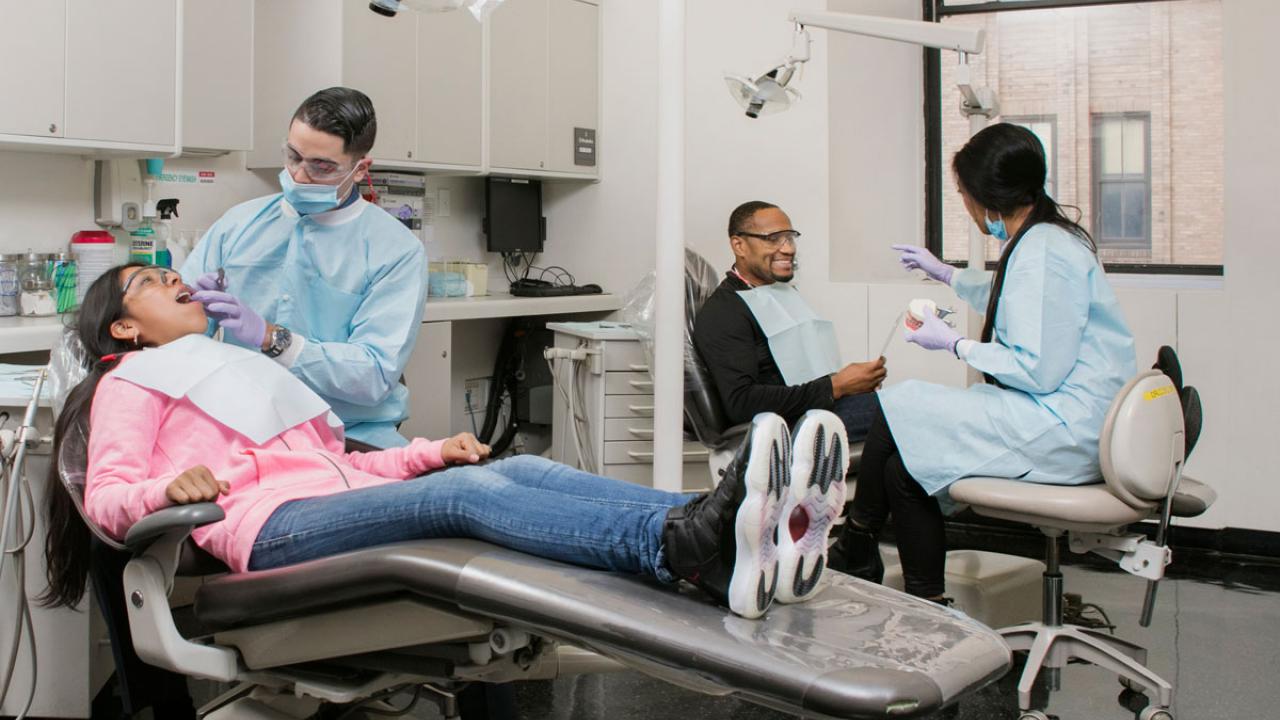Recognizing the Most Current Innovations in Dentistry and Their Influence on Client Treatment
The landscape of dentistry is undertaking a transformative shift, driven by innovations such as digital imaging technologies, 3D printing, and minimally invasive methods. These innovations not only optimize diagnostic and therapy procedures yet also improve the total patient experience by cultivating more clear communication and prompt results. Additionally, the rise of tele-dentistry is bridging spaces in accessibility to care, particularly for underserved communities. As these developments unfold, it ends up being crucial to consider how they reshape person relationships and influence decision-making in oral health and wellness monitoring. What effects might these adjustments hold for the future of oral treatment?
Digital Imaging Technologies
In recent years, digital imaging modern technologies have actually reinvented the area of dentistry, enhancing analysis capacities and therapy preparation. These improvements include methods such as electronic radiography, intraoral electronic cameras, and cone-beam calculated tomography (CBCT), which provide exceptional photo top quality and minimized radiation exposure contrasted to typical imaging methods.
Digital radiography offers prompt imaging outcomes, enabling dental professionals to diagnose and address oral problems more successfully - Dentist Clinic Lakeshore. Intraoral cams allow comprehensive visualization of the mouth, helping with far better communication with people regarding their oral health and wellness. By offering high-resolution images, oral professionals can properly discuss therapy options and encourage clients to seek needed care
Cone-beam calculated tomography (CBCT) has actually even more changed the landscape by providing three-dimensional imaging, which is invaluable for complicated instances such as implant preparation and orthodontics. This technology permits for accurate physiological assessments, dramatically improving the accuracy of analysis and treatment procedures.
3D Printing Technologies

In addition, 3D printing has helped with the production of elaborate dental versions that help in treatment planning and individual education. These designs offer a concrete representation of complicated dental concerns, cultivating much better interaction in between dental professionals and patients - Restorative Dentistry Belle River. Additionally, innovations in biocompatible products have expanded the potential applications of 3D printing in dental implantology, enabling the manufacturing of personalized implants tailored to private physiological needs
Additionally, instructional institutions are increasingly taking on 3D printing for training purposes, permitting trainees to practice on realistic versions that reproduce different scientific circumstances. Generally, the combination of 3D printing advancements in dental care is not only simplifying procedures but also boosting the quality of care provided to patients, noting a considerable leap onward in the field.
Minimally Invasive Methods
The advancement of dentistry is increasingly characterized by an emphasis on minimally intrusive methods, which focus on person convenience and preservation of all-natural tooth structure. These approaches aim to decrease the need for comprehensive drilling and intrusive treatments, thereby enhancing the overall patient Get More Information experience and outcomes.
Minimally intrusive strategies incorporate different techniques, consisting of air abrasion, laser dental care, and the usage of biocompatible materials. Air abrasion permits the removal of degeneration making use of a stream of great bits, reducing damage to surrounding healthy and balanced cells. Laser dentistry utilizes concentrated light power to deal with tooth cavities and periodontal conditions with accuracy, usually causing less discomfort and faster recovery times.
Moreover, developments in adhesive dental care make it possible for stronger bonds between oral materials and all-natural tooth structure, helping with effective reconstructions while preserving even more of the original tooth. This not only boosts the durability of oral work but likewise supports the visual stability of patients' smiles.
As these techniques proceed to develop, they hold the promise of boosting client treatment by minimizing anxiety, minimizing recovery times, and advertising better long-lasting oral health and wellness. Ultimately, the shift in the direction of minimally intrusive dentistry stands for a considerable improvement in the area, lining up with modern health care values.
Tele-Dentistry Growth
Tele-dentistry has become a transformative pressure in the oral industry, enhancing access to care and simplifying patient-provider interactions. This ingenious strategy utilizes electronic communication modern technologies to help with remote consultations, diagnosis, and therapy preparation, efficiently connecting geographical barriers and lowering the need for in-person sees.
The development of tele-dentistry has been especially valuable for underserved populations, where dental treatment access is usually limited. Through digital visits, individuals can obtain prompt assessments and support without the logistical obstacles of traveling to a dental workplace. In addition, tele-dentistry makes it possible for dental experts to take care of follow-up treatment much more effectively, enabling for continual monitoring of therapy progress.
As read review innovation proceeds to advancement, the possibility for tele-dentistry to boost individual education and preventive treatment procedures will only expand, promoting a proactive strategy to oral health management. Eventually, tele-dentistry represents a substantial development in the oral field, straightening with contemporary medical care demands and person assumptions.
Enhancing Client Relationships
Structure strong individual relationships is important in modern-day dentistry, as it promotes trust and motivates open communication in between oral professionals and their customers. This rapport is essential for supplying personalized treatment and improving treatment end results. As developments in modern technology, such as tele-dentistry, continue to improve the oral landscape, the emphasis on individual partnerships is more essential than ever before.

Additionally, the integration of person education right into consultations can debunk dental treatments, equipping patients to make enlightened decisions concerning their oral wellness. This method not just cultivates depend on but additionally encourages adherence to therapy plans, eventually bring about much better health results.
Conclusion
The most current advancements in dental care, consisting of electronic imaging technologies, 3D printing, minimally intrusive techniques, and the growth of tele-dentistry, substantially improve individual care. Ultimately, these developments read this post here empower patients, equipping them with the necessary knowledge to make educated choices concerning their therapies and total dental health and wellness.
By providing high-resolution pictures, dental professionals can efficiently discuss therapy choices and inspire patients to pursue essential treatment.
By using digital impacts in combination with 3D printing, dental professionals can dramatically minimize turnaround times, allowing for same-day therapies that enhance individual fulfillment.
Moreover, 3D printing has actually promoted the creation of elaborate dental designs that aid in therapy planning and individual education and learning.Structure solid patient partnerships is necessary in modern dentistry, as it cultivates count on and urges open communication between oral professionals and their clients. In addition, utilizing person feedback systems can boost service shipment and individual complete satisfaction, guaranteeing that their voices are listened to.